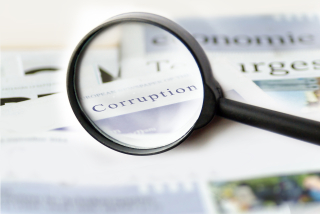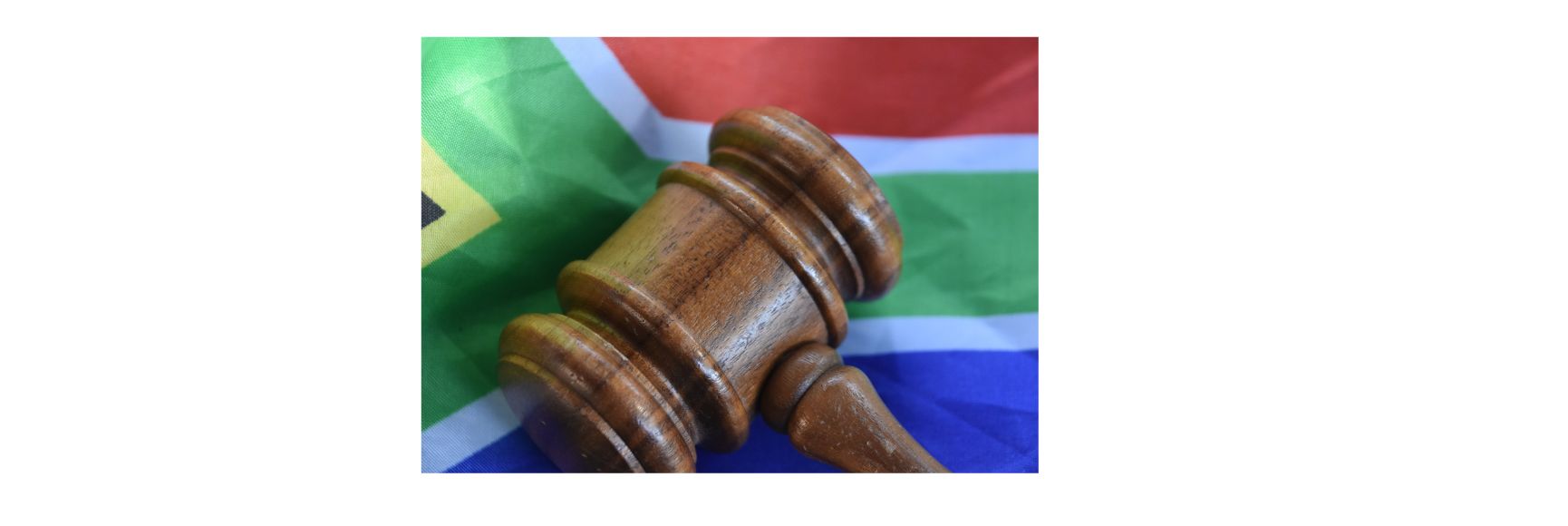
Posted by Benoit Wiest and Concha Verdugo Yepes[1]
State-Owned Enterprises (SOEs) account for 22 percent of the world’s largest companies and are often located in sectors of strategic importance, such as oil and gas, telecommunications, ports, and public utilities. SOEs sometimes take the form of “natural monopolies” due to the large upfront fixed costs that are required to conduct business in industries such as electricity generation or railways. A recently published OECD report on ‘State-Owned Enterprises and Corruption’ [https://doi.org/10.1787/9789264303058-en] concluded that almost half of the SOEs reviewed had experienced at least one case of corruption in the last three years. Average losses from corruption in nearly half of the companies surveyed amounted to 3 percent of annual corporate profits. In preparing the study, the OECD surveyed some 350 SOEs in 34 countries, identifying high-risk areas of corruption and the main impediments to reducing corruption. The report offers helpful practical solutions and policy responses for governments to consider.
In the first chapter, respondents identify sectors and areas of potentially high risk. The report finds that, not surprisingly, SOEs linked to natural resources, and to the postal, energy and transportation sectors are more vulnerable to corrupt practices. Violations of data protection and privacy, fraud and receiving bribes were deemed the most problematic issues. Instances of corruption most frequently cited often involved mid-level managers and lower-level employees.
The second chapter analyses factors that act as obstacles to effectively promoting integrity and preventing corruption. Most respondents pointed to a lack of a culture of integrity in the political and public sector, and to inadequate leadership from the SOEs’ top management (“tone from the top”).
Most SOEs employ a host of rules, codes and guidelines to reduce the risk of corruption. But these measures are often imperfect or incomplete. Chapter 3 offers a range of policy options and practical solutions for governments, so that the state can be “an active and informed owner” of SOEs. Enterprises need to better follow international standards such as the OECD’s Guidelines on Corporate Governance of SOEs. Fiscal transparency, disclosure of subsidies as well as embedding integrity in SOEs’ performance assessments and contracts can play a key role in that regard.
The report cites many examples of good governance practices in advanced economies and emerging markets which have proved effective. For instance:
- In Italy, the Italian National Anti-Corruption Agency and the Ministry of Finance have issued formal rules and procedures to prevent corruption, while each SOE must nominate an official who is personally accountable for preventing corruption;
- SOEs in Mexico must demonstrate that they have implemented anti-corruption mechanisms such as internal controls, audit committees, and codes of ethics;
- In Chile, a dedicated working group preselects suitable candidates for nomination to the boards of SOEs, for the consideration of the Council of Ministers.
The report’s approach is innovative and well aligned with good practices to tackle governance issues. But it would benefit from a better articulation between the risks identified in the first chapter and the proposed remedial actions. For example, it is not surprising that many respondents noted how breaches in data protection and privacy are a major source of corruption. As digitalization progresses, SOEs and public data in general will become increasingly vulnerable to hacking, while the mishandling of sensitive data is now a key source of fraudulent activities. The paper could have underlined the need for strong policies on data protection, backed by efficient IT network protection tools, as well as the importance of a well-designed control framework and regular system audits to identify potential weaknesses.
The report rightly highlights the prominent role of internal control and audit frameworks in tackling weak governance. These frameworks are tried and tested in many countries, rooted in international standards and good practices, and in principle can be easily embedded in the business processes. Nevertheless, they are insufficient in themselves. A climate of integrity is difficult to instill because it requires massive changes in the cultural behavior of organizations and their employees, and is subject to strong resistance from vested interests.
Another challenge in enforcing strong financial integrity in SOEs is that the enterprises frequently benefit from greater autonomy, less rigorous reporting standards, and less public scrutiny than government ministries and agencies. SOEs are also vulnerable to weak governance and corruption because of potential conflicts between the ownership and policy-making functions of the government, and undue political influence on their policies, appointments, and business practices. This highlights the importance of implementing effective accountability and integrity mechanisms in SOEs such as codes of conduct, whistleblower policies and complaints mechanisms, internal and external audit, and a robust disciplinary and sanctions regime (see Transparency International’s 10 Anti-Corruption Principles for State-Owned Enterprises, 2017).
This study provides a rich source of case studies and data on corruption in SOEs that will be useful for the IMF in taking forward its agenda of analytical work on corruption.
[1] Benoit Wiest and Concha Verdugo-Yepes are Economists in the IMF’s Fiscal Affairs Department.
Note: The posts on the IMF PFM Blog should not be reported as representing the views of the IMF. The views expressed are those of the authors and do not necessarily represent those of the IMF or IMF policy.




